Imagine standing at the edge of the sea, your feet sinking into soft sand, the horizon stretching endlessly before you. Now picture that, thousands of years ago, where you stand was dry land—teeming with life, forests, and perhaps even ancient humans crafting tools and building fires. This isn’t fantasy; it’s a hidden chapter of our planet’s history. Beneath the waves, the world’s continental shelves hold the secrets of lost worlds—vast, shallow plains that once provided ideal homes for prehistoric people and animals alike. The story of these submerged landscapes is both astonishing and inspiring, revealing just how much of our past remains concealed beneath the ocean’s surface.
What Exactly Are Continental Shelves?

Continental shelves are the gently sloping areas of the seabed that border the continents, extending from the shoreline out to the deeper ocean. Unlike the dramatic drop-offs found further out, these shelves are surprisingly shallow—often less than 200 meters deep. They may seem like mere edges, but in reality, they form broad plateaus that can stretch hundreds of kilometers from land. These areas are far from uniform, featuring valleys, sandbanks, and even ancient river channels. For much of Earth’s history, these zones were not underwater at all but dry land, playing a significant role in human and animal migration.
The Rise and Fall of Sea Levels

Throughout the last several hundred thousand years, sea levels have dramatically risen and fallen, driven by the advance and retreat of massive ice sheets. During ice ages, so much water was locked up in glaciers that sea levels dropped by as much as 120 meters. This exposed the continental shelves, turning them into sprawling plains and extending the habitable land far beyond today’s coastlines. When the ice melted, the oceans surged back, drowning these landscapes and preserving them beneath layers of sediment. It’s a cycle that has repeated countless times, shaping both the earth and life upon it.
A Perfect Home for Prehistoric Peoples
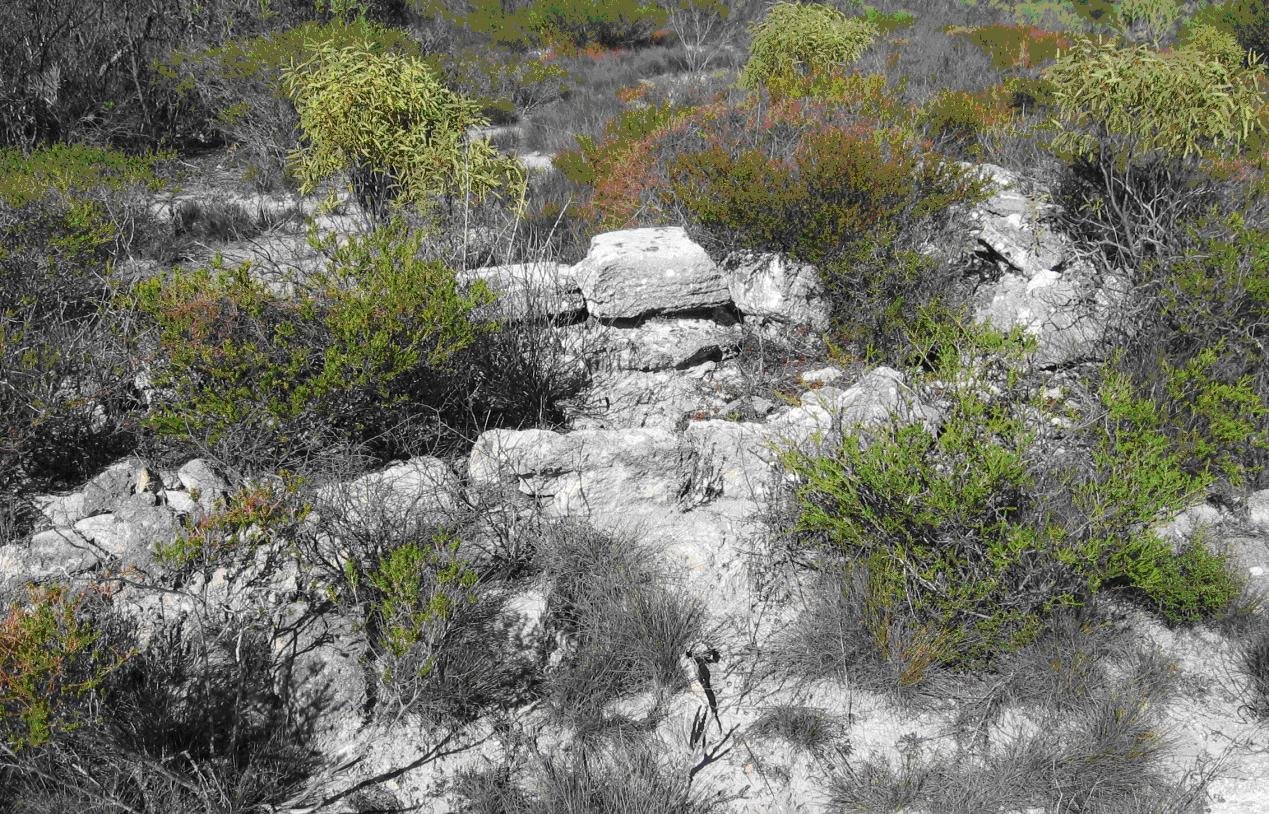
The continental shelves offered everything early humans needed to thrive. These areas provided access to abundant resources: fresh water from rivers, fertile soil for plants, and rich marine life. The flat terrain made it easy to travel and settle, while proximity to the sea gave ancient communities a steady supply of food, from shellfish to fish and even seals. Archaeologists have long suspected that some of the earliest and most successful human settlements may now lie underwater, hidden on these lost plains.
Underwater Archaeology: Uncovering Lost Worlds
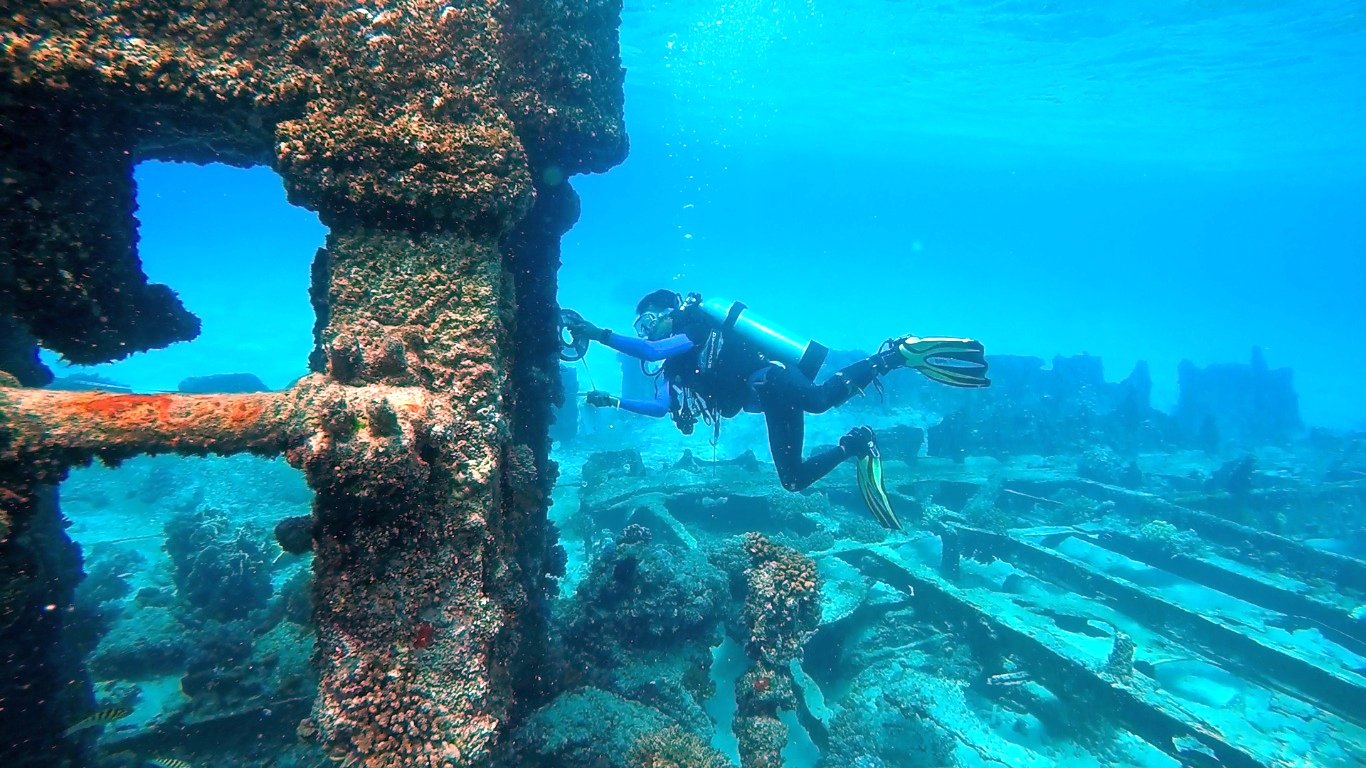
The search for submerged prehistoric settlements has become one of archaeology’s most exciting frontiers. Divers and underwater robots explore ancient riverbeds and coastlines, discovering tools, bones, and even remnants of ancient campsites on the continental shelves. In places like the North Sea, sometimes called “Doggerland,” evidence of human habitation has been pulled from fishing nets and seabed surveys. Each artifact tells a story of survival, adaptation, and ingenuity—showing that our ancestors were far more adventurous and resourceful than once imagined.
Doggerland: Europe’s Sunken Heartland
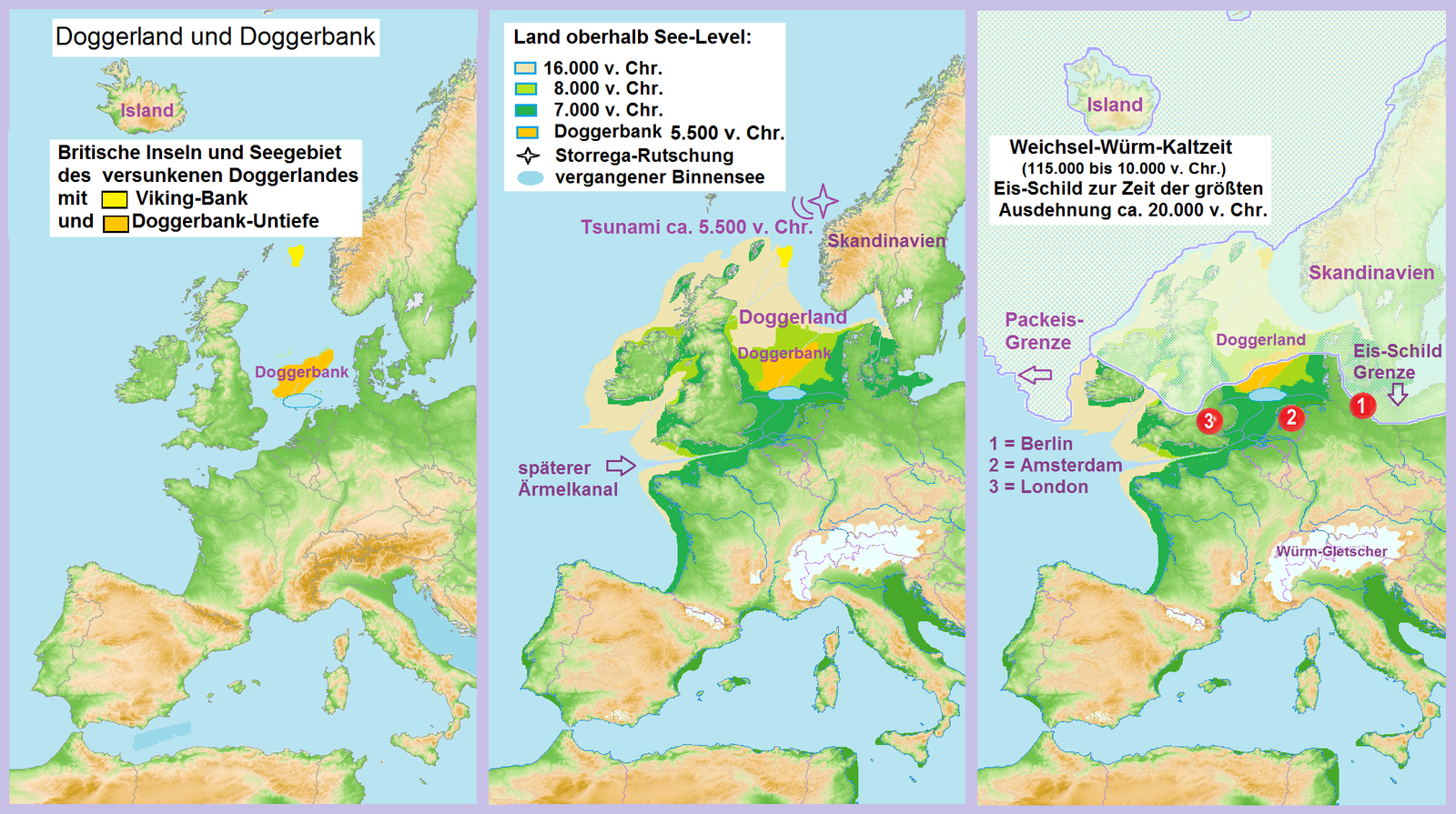
One of the most famous examples of lost continental shelf land is Doggerland, which once connected Britain to mainland Europe. During the last ice age, this region was a vast, low-lying plain, home to mammoths, deer, and early hunter-gatherers. Today, it lies beneath the North Sea, but discoveries of ancient tools and animal bones remind us that it was once a thriving landscape. The story of Doggerland is a powerful reminder of how shifting seas have rewritten both geography and history.
Beringia: The Bridge Between Worlds
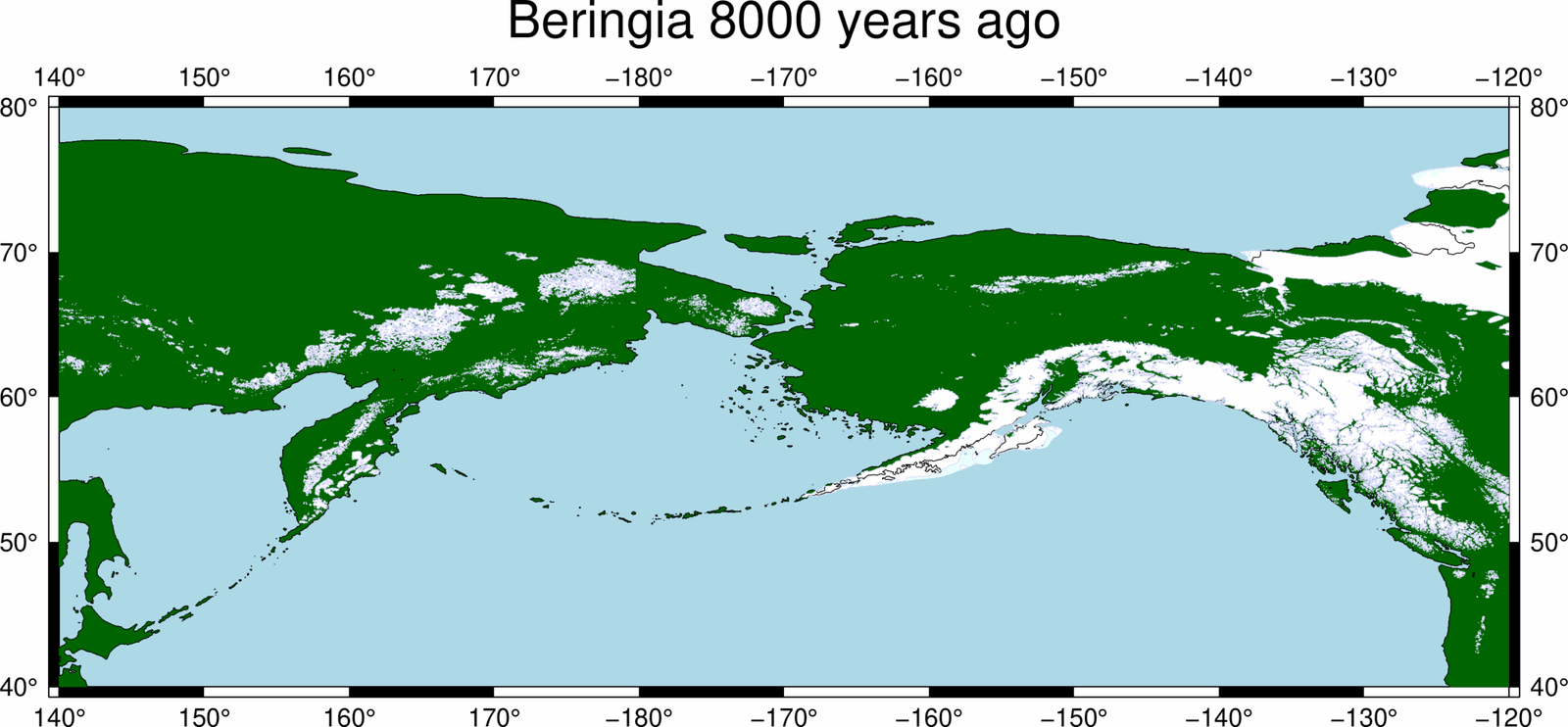
The Bering Land Bridge, known as Beringia, is another iconic example of life on continental shelves. During glacial periods, a broad expanse of land connected Asia and North America, allowing humans and animals to cross between continents. This migration route was vital for the peopling of the Americas and remains a focus of intense research. Scientists study the submerged remains of this ancient corridor to understand how early humans adapted to harsh climates and changing landscapes.
Australia’s Ancient Coastlines
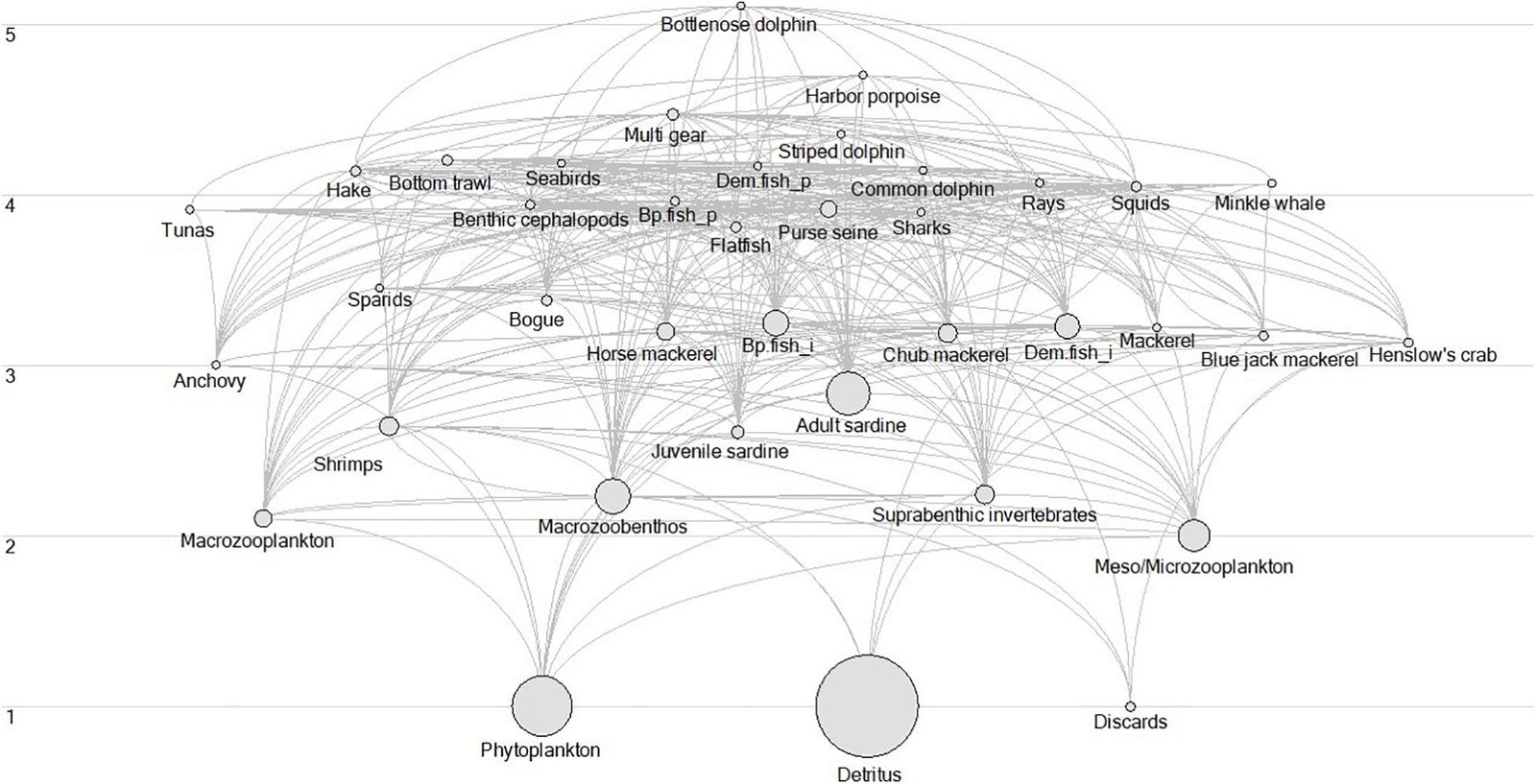
Much of Australia’s prehistoric story is hidden beneath the waves. When sea levels were lower, Australia was connected to New Guinea and Tasmania, creating a massive continent called Sahul. Indigenous Australians likely traveled and settled along these ancient coastlines, following rivers that now lie underwater. Marine archaeologists have started to find stone tools and other signs of human activity on the continental shelf, offering new clues about how people adapted to rising seas and changing conditions.
The Riches of Shallow Seas
The continental shelves are not just important for history—they remain among the world’s richest ecosystems today. Sunlight penetrates these shallow waters, supporting dense forests of kelp, seagrass beds, and coral reefs. These environments teem with life, from tiny plankton to massive whales. In the past, these rich resources would have been a magnet for prehistoric settlers, just as they attract fishermen and marine life today. The abundance of food made survival easier on the shelves than in harsher inland areas.
Ancient Rivers and Hidden Valleys

Beneath the sea, scientists have mapped the ghostly outlines of ancient rivers, valleys, and lakes that once crisscrossed the shelves. These features can be seen using sonar and other remote sensing technologies, revealing a submerged landscape as complex as any found on land. Such rivers would have provided freshwater and fertile land for plants and animals, making them natural highways and gathering places for prehistoric peoples. The discovery of these hidden features is reshaping our understanding of how humans spread across the globe.
Challenges of Exploring the Deep
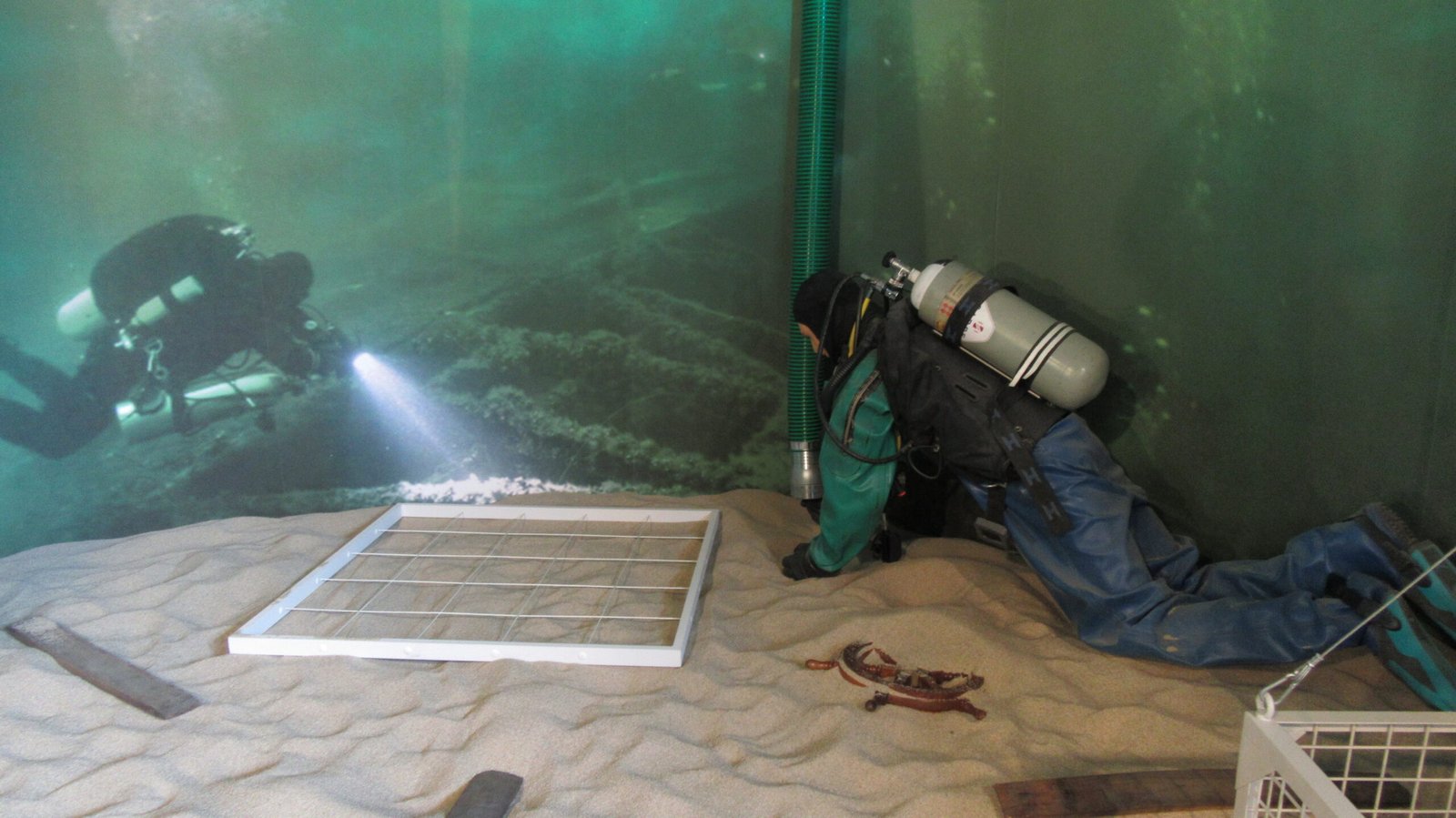
Unlocking the secrets of the continental shelves is no easy task. Underwater archaeology is expensive and technically challenging, requiring advanced equipment and skilled divers. Strong currents, poor visibility, and shifting sands can bury or destroy fragile artifacts. Despite these obstacles, new discoveries are being made each year, thanks to innovations like underwater drones, sonar mapping, and remote-operated vehicles. Each breakthrough brings us closer to understanding the full story of our ancient ancestors.
Climate Change and Submerged Heritage
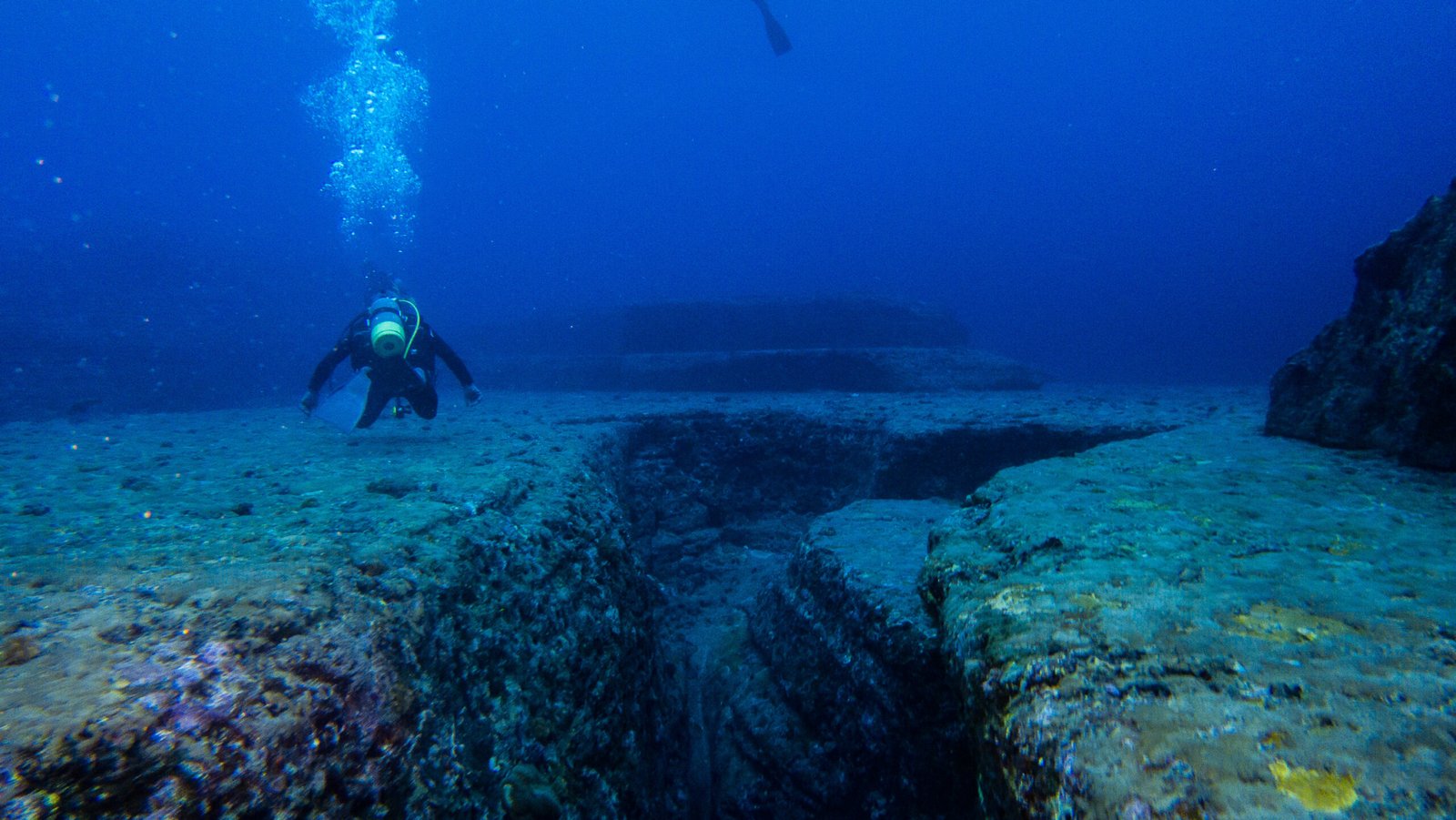
Rising sea levels are not just a thing of the past—they’re a pressing concern today. As modern climate change accelerates, coastal areas and submerged archaeological sites are at risk of being lost forever. Scientists and conservationists are racing against time to document and protect these hidden treasures before they disappear. This adds a sense of urgency and poignancy to the study of continental shelves, reminding us of the fragile connection between past and present.
Fossils and Bones: Life Before the Flood
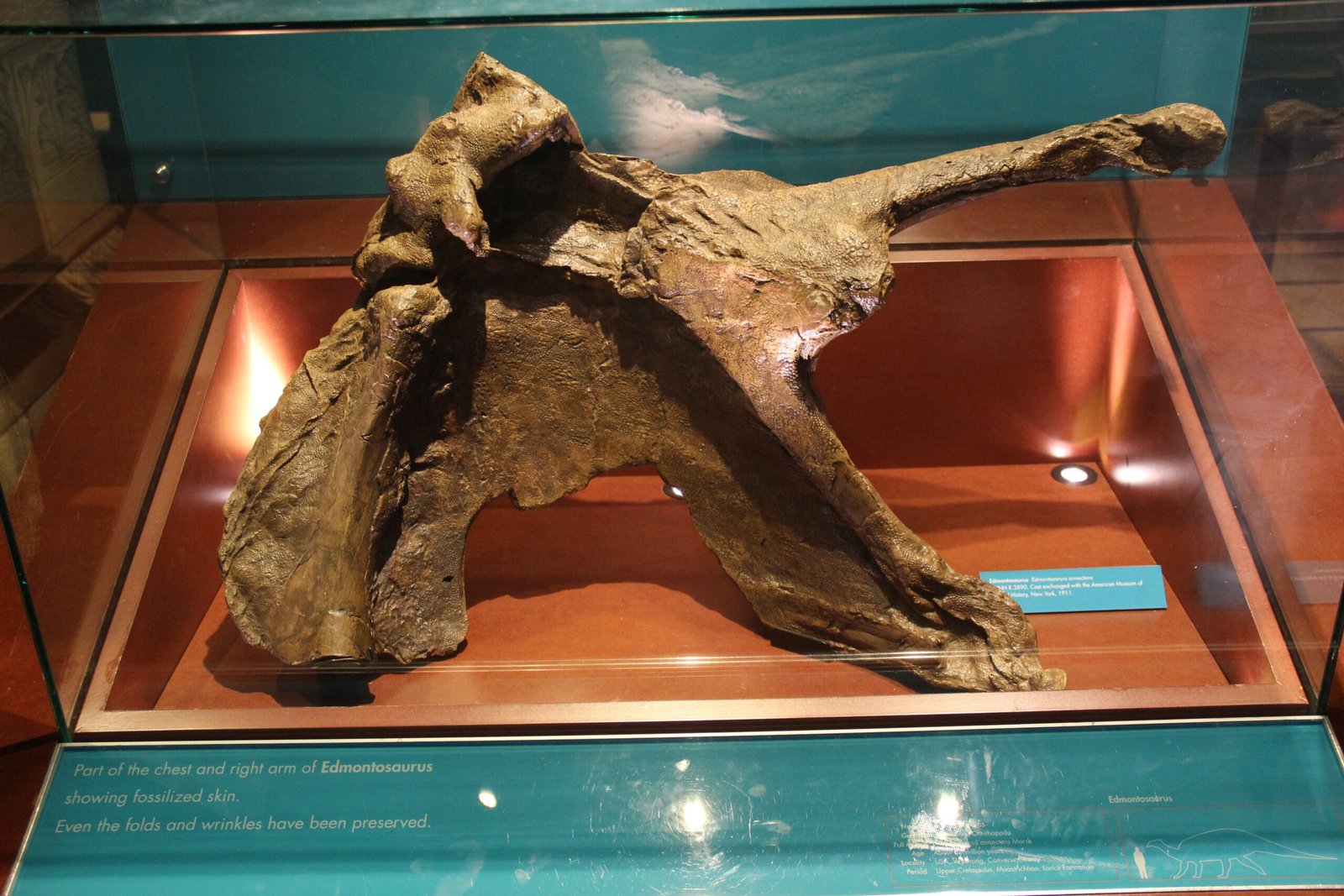
Continental shelves are a treasure trove for paleontologists as well as archaeologists. Fossils of mammoths, giant deer, and even early humans have been found on the seabed, preserved in mud and sand. These remains paint a vivid picture of ecosystems that have vanished beneath the waves. The discovery of such fossils helps scientists reconstruct ancient food webs, migrations, and environmental changes—offering clues not just about human history, but the entire tapestry of life on Earth.
The Mysteries of Submerged Caves
Some of the most spectacular finds on continental shelves have come from submerged caves. These hidden chambers often contain perfectly preserved remains of animals and humans, protected from the currents and shifting sands. In places like the Yucatán Peninsula, divers have found ancient skeletons and even evidence of early burial rituals in underwater caves. These discoveries challenge our assumptions about prehistoric life, revealing sophisticated cultures and deep spiritual beliefs.
Myths and Legends of Sunken Lands
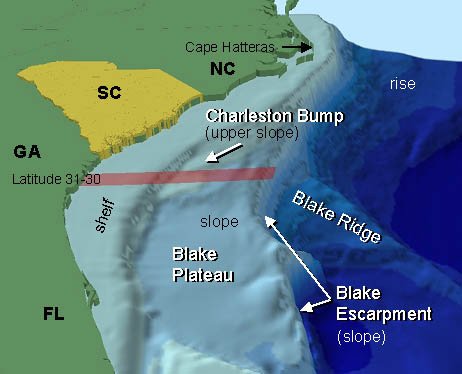
The idea of lost lands beneath the sea has haunted human imagination for millennia. From Plato’s Atlantis to the stories of Lyonesse and Cantre’r Gwaelod, myths often echo the real experience of watching coastlines disappear beneath rising waters. Modern science has shown that, while these stories may be embellished, they often have a kernel of truth—reflecting real memories of landscapes lost to the sea. The continental shelves are where legend meets reality, inviting us to look deeper into our shared past.
Modern Technology: Seeing Through the Waves

Advanced technologies like sonar, LiDAR, and underwater drones are revolutionizing the exploration of continental shelves. These tools allow scientists to map the seabed in stunning detail, revealing ancient shorelines, settlements, and even shipwrecks. By combining these high-tech methods with traditional archaeology, researchers are uncovering more about our submerged heritage than ever before. Every new discovery brings the lost world beneath the sea back into the light.
Lessons for Today’s World
The story of the continental shelves is more than just a tale of the past. It’s a powerful reminder of how quickly environments can change, and how humans have always adapted to shifting landscapes. Understanding how prehistoric peoples coped with rising seas, changing climates, and disappearing lands offers valuable lessons for our own future. Their resilience and creativity inspire us to face today’s environmental challenges with hope and determination.
The Promise of Future Discoveries
Despite all we’ve learned, the vast majority of the continental shelves remain unexplored. With every new expedition, scientists find more evidence of lost worlds and forgotten peoples. The excitement of these discoveries is contagious—each artifact, bone, or fossil is a window into a vanished world, waiting to be understood. The adventure of exploration continues, promising even more astonishing revelations in the years to come.
Continental Shelves: Nature’s Hidden Archives
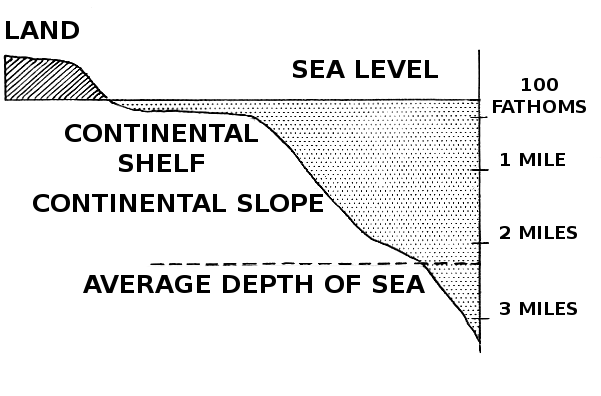
Think of the continental shelves as nature’s own archive, a place where layers of mud and sand have preserved the stories of countless generations. From the first footsteps of early humans to the migrations of mammoths, these submerged landscapes hold the key to understanding our planet’s dynamic history. The shelves are both a record of what once was and a challenge to uncover what remains hidden.
A Global Heritage Beneath the Waves

The secrets of the continental shelves don’t belong to any one nation or people—they are a shared heritage for all humanity. Whether in the North Sea, the Bering Strait, or the coasts of Australia, these underwater realms connect us to our ancestors and to each other. Preserving and studying them is a responsibility that spans borders and generations, reminding us of our deep, ancient connection to the sea.
Unveiling the Past, Shaping the Future
The story of the continental shelves is one of discovery, loss, and renewal. As we learn more about these hidden landscapes, we gain not only insight into our origins but also inspiration for the future. The vast, shallow plains beneath the waves invite us to imagine the worlds that once were and to dream of what we might yet uncover. What secrets still lie waiting for us on the ocean floor?




